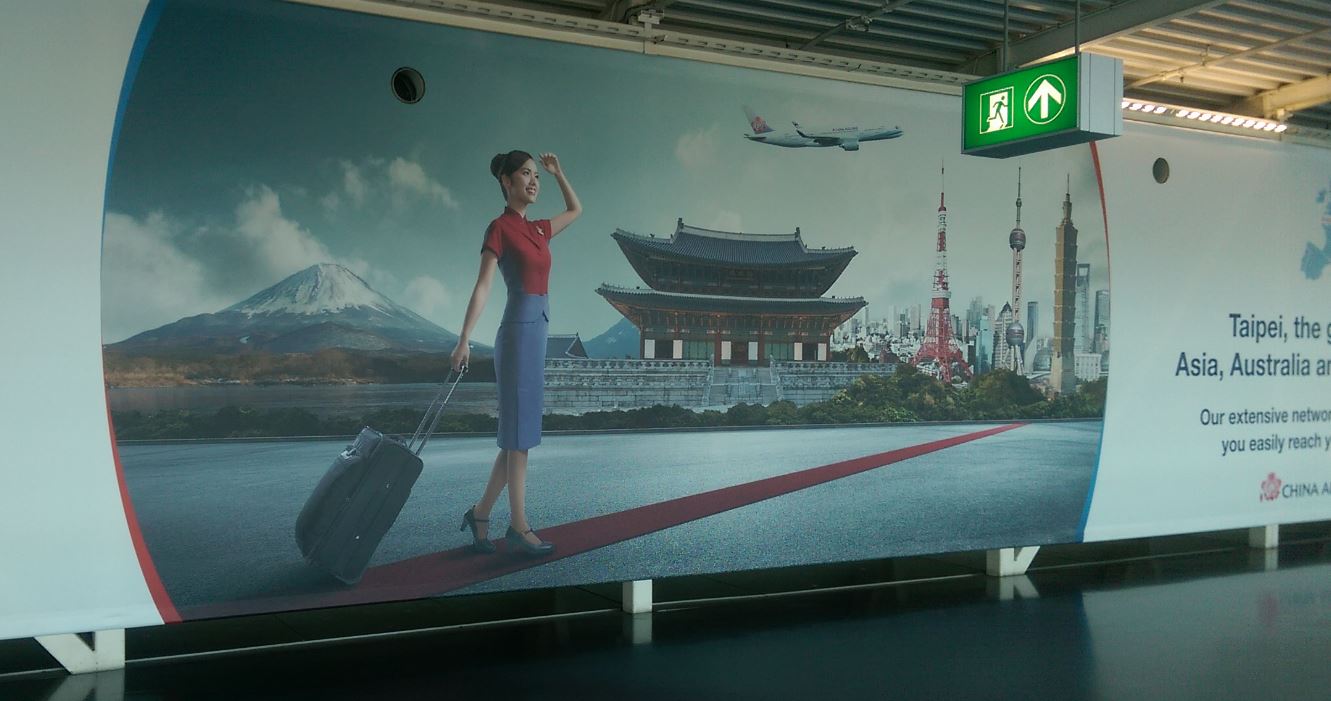Roel Reiné is a filmmaker with a penchant for heroic-historical action movies with heavy overlays of special effects. His popular action movie Michiel de Ruyter (2015; distributed internationally under the English title Admiral) already contained a remarkably anachronistic, flag-waving speech extolling the character and greatness of the Dutch nation (online here). In interviews, Roelé testifies to his appreciation of patriotic flag-saluting ceremonial in the USA. He would like to see a similar ethos in his native Netherlands, and is candid about this as the motivation for the bombastic flag-waving in Michiel de Ruyter.
Roelé, again teamed up with producer Klaas de Jong, has now turned his attention to an earlier hero: The Frisian King Redbad (†719), known for his resistance against Christianization and Frankish hegemony. Advance notices (the film Redbad is due out this month) indicate that this is, again, an unabashedly nationalistic production and that its script (again by Alex van Galen) involves a similar mixture of anachronistic distortions of historical fact and manipulative xenophobic ethnotyping.[....]
